Halloween: The Curse Of Michael Myers At 25 And Other Films With Alternate Versions
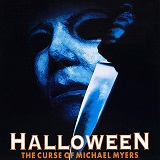 Following a seven-year absence, September 29th, 1995, saw the long-awaited return of cinema’s most haunting shape, Michael Myers. For myself, as I’m sure for many other fans, Halloween: The Curse of Michael Myers was the first time I had the opportunity to see my favorite bogeyman on the big screen. As strange as the Thorn cult was, seeing Michael and Donald Pleasence’s Dr. Loomis square off for the final time wouldn’t be the biggest impact this film would have on me. As a more common history tells it, the film was ripped to shreds by critics, disappointed greatly at the box office, and didn’t launch Brother Cane into alt-rock stardom. Halloween fans, horror movie lovers, and other knowledgeable film crowds know its greatest legacy lies not on the screen debut of Paul “Steven” Rudd (Okay, Clueless beat it to release, but he shot this first), but from a highly sought after, copied and traded VHS tape featuring an alternative version of the sixth Halloween film known as “The Producer’s Cut.”
Following a seven-year absence, September 29th, 1995, saw the long-awaited return of cinema’s most haunting shape, Michael Myers. For myself, as I’m sure for many other fans, Halloween: The Curse of Michael Myers was the first time I had the opportunity to see my favorite bogeyman on the big screen. As strange as the Thorn cult was, seeing Michael and Donald Pleasence’s Dr. Loomis square off for the final time wouldn’t be the biggest impact this film would have on me. As a more common history tells it, the film was ripped to shreds by critics, disappointed greatly at the box office, and didn’t launch Brother Cane into alt-rock stardom. Halloween fans, horror movie lovers, and other knowledgeable film crowds know its greatest legacy lies not on the screen debut of Paul “Steven” Rudd (Okay, Clueless beat it to release, but he shot this first), but from a highly sought after, copied and traded VHS tape featuring an alternative version of the sixth Halloween film known as “The Producer’s Cut.”

After writing pretty in-depth about the tale of Halloween: The Curse of Michael Myers with my own personal anecdotes years ago (Part 1, Part 2, Part 3), I’m not going to completely retread or review either cut of the film. Joe Chappelle’s film lived up to its title regarding production, becoming known for reshoots to the third act that fundamentally changed what the entire movie was about. As a 13-year-old, I left the film feeling there was some mystery or resolution I didn’t get or understand at the time. What I truly didn’t understand is that it was just a hastily put together course correction with no intention to deliver any solutions to the vague materials on display. Tommy Doyle’s “rune” adventure would educate me on just how mishandled and choppy film production could be.
I was like many a Halloween fanatic who wound up with the coveted VHS tape of Halloween 6: The Curse of Michael Myers. Having watched it so many times after the acquisition, I all but retired the theatrical cut from my brain as I preferred this original version. Prior to that, I knew of director’s cuts and extended cuts, but most of them included merely a scene or two, with extended moments that just let things breathe, without fundamentally changing how you see it or how things play out. Star Wars is still the same film with or without the Jabba the Hutt scene, for a high profile example.

Halloween: The Curse of Michael Myers, whichever cut you fancy, isn’t one of the series finest moments. However, there are things the film does quite well (atmosphere, the Rear Window kill-instigated escape from the Myers house moment), but both third acts have their share of head scratches and leave it a bit messy. At the end of the day, following this movie, they chose a path that didn’t have to follow or acknowledge it as continuity. Plus, had Jamie Lee Curtis not returned, the 7th Michael Myers stalking would have been going straight to the aisles of video rental stores.
The strongest impact and legacy of Halloween: The Curse of Michael Myers is indeed an alternate version that fundamentally changed how we see the film and how it plays out. To “celebrate” 25 years of its release, I’ve decided to shine a spotlight on ten films with productions that wound up radically altering or changing their original movie before release. These films aren’t just extended by a scene or two to let things breathe or expand upon the film’s main idea. Yes, historically, there have been far more than ten, but these are some significant ones I wanted to highlight. Keep in mind, not all versions of these films have been seen or made available, and I’ll be presenting them in release order.
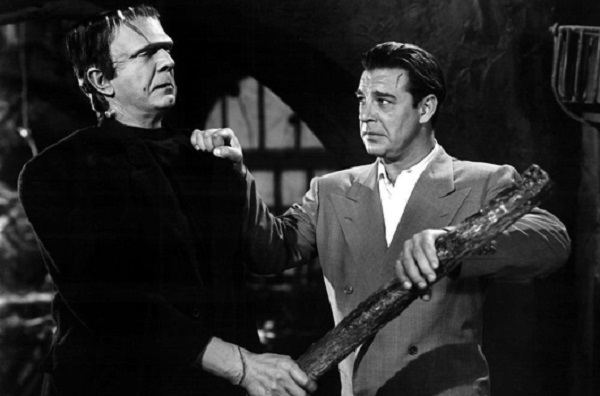
Frankenstein Meets The Wolf Man (1943)
Probably lost to time or different storage practices from Hollywood’s yesteryear, Frankenstein Meets the Wolf Man was altered after its original cut due to a similar occurrence with Halloween: The Curse of Michael Myers. The film was shown to a test audience, and their adverse reaction forced some massive changes to be made to the movie at the expense of Bela Lugosi.
The preceding film in the series, Ghost of Frankenstein, ends with the brain of Lugosi’s character, Ygor, being transplanted into the monster (played by Lon Chaney Jr. in that film). Naturally, the monster then speaks with Lugosi’s Hungarian accent. Lugosi, now playing the monster in Frankenstein Meets the Wolf Man, is discovered to have been rendered blind by the transplant. Test audiences found it quite humorous, leading studio executives to demand all Lugosi’s lines be cut and for any additional sounds of him to be removed. In addition to this, the film also never mentions anything regarding the monster’s blindness, leading to some strange moments. Lugosi’s monster walks with his arms outstretched because of his inability to see, which then proved to be a subject of mockery that evolved into how everyone does their impersonation of the monster. Yes, that iconic gesture comes from this movie, not the original or any sequel prior.
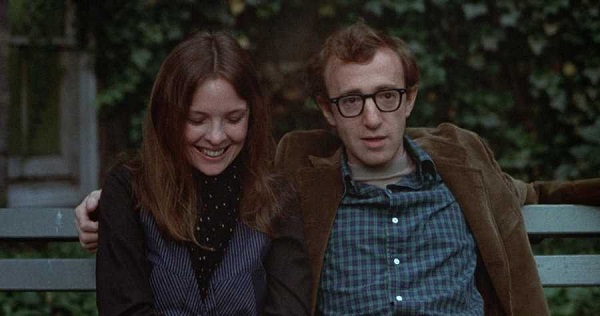
Annie Hall (1977)
For me personally, this is probably the Holy Grail of lost cuts. Annie Hall, the Best Picture winner of 1977, was not at all the film that Woody Allen went out, shot, cut together, and intended to have released. From all accounts of those in the know, including the editor, the final theatrical version of the film was nothing like the first cut and intention of its creator. What we know now as the film was only a third of what was then titled Anhedonia (With the potential of being called It Had To Be Jew). Annie Hall was just but one segment of the film. It was originally about Alvy Singer, his wandering brain, and the relationships and marriages he struggled with. The word “anhedonia” means “inability to feel pleasure,” and the man, as we know, went through three wives before meeting Annie Hall.
It’s said this version of the film features a lot more random bits, roams freely, jumps around in time, and has a lot more of Singer interacting with the neighborhood New Yorkers. Carol Kane and Shelley Duvall, both featured briefly in the final film, had a lot leggier parts in Anhedonia. Duvall even had a scene where she and Alvy meet with the Devil in a fantasy about the Garden of Eden. There is also a lot more to do with Alvy Singer’s childhood and his classmates young (With Brooke Shields making an appearance) and then him visiting with their older iterations.
This cut truly would have changed the film as we know it. After some test screenings and peering into the editing room, it was clear to those not named Allen that the story of this movie lay with Alvy and Annie. The material was strong, the chemistry was great, and Diane Keaton was giving the performance of a lifetime. They say a movie truly comes together in the editing room, and Annie Hall is a poster child for that, becoming a different movie entirely. Its one of my absolute favorite films of all time, but there’s nothing in my film life I wouldn’t give to see Anhedonia while I still live and breathe on this Earth.

Superman II (1980)
Many stories of reshoots or desired lost cuts of films come from the firing of a director and the necessity of the replacement to not only finish but reshoot enough footage to claim the sole title. Superman was originally made as two films, shooting back to back, readying for the sequel to go once the first one was a hit. Due to funds starting to drain, the focus shifted to finishing the first film, leaving Superman II to be picked up later. The Salkinds, who were rights holders and producing the film, started losing interesting in Richard Donner when A Hard Days Night’s Richard Lester came around, and they ultimately had him on set, grooming for the takeover. When filming resumed on Superman II, Donner was fired, and Lester was the new director. Script changes ultimately happened as well as having to reshoot scenes Donner had already filmed to ensure Lester’s credit and fit his tone.
For over two decades, fans pondered what this Richard Donner version would be. When Superman Returns was filming and utilizing Donner’s footage that was excised from Superman II, amends were made, and the best construction of his vision was produced. Using his footage, screen test footage, technology advancements, and Lester’s footage – “The Richard Donner Cut” was finally realized and released on Blu-ray. It became the only way to buy the film on its own as well. And now, for many, it’s the go-to version of the movie to watch when reaching for Superman II.
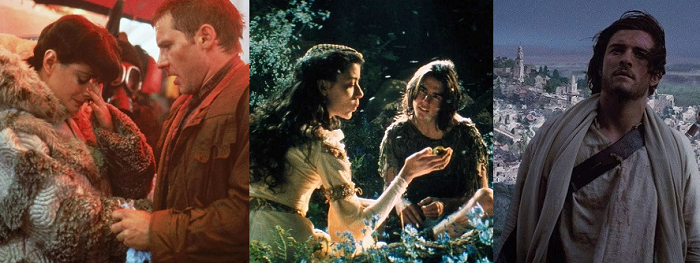
Ridley Scott Section
Blade Runner (1982), Legend (1985), Kingdom of Heaven (2005)
Ridley Scott is one of the directors most known for always tinkering with his films, as there seem to be more films of Scott’s with alternate cuts than not. Scott frequently revisits his movies. None as much as Blade Runner, which failed upon release but has come to be known as one of the finest achievements in science fiction filmmaking. His Director’s Cut in 1992 made the most difference to the experience as Ford’s narration was removed, and the ending altered, allowing for more ambiguous to be ideas played up.
In the case of two others, Legend and Kingdom of Heaven had been hacked significantly before release and hampered the way you see the film. In the case of Legend, his director’s cut improves the film but never takes it to any greater heights. Kingdom of Heaven, however, completely changes the landscape, making the film the grand epic it was supposed to be. In this form, it truly argues to quite possibly be one of Ridley Scott’s best films. Some may even argue THE best.
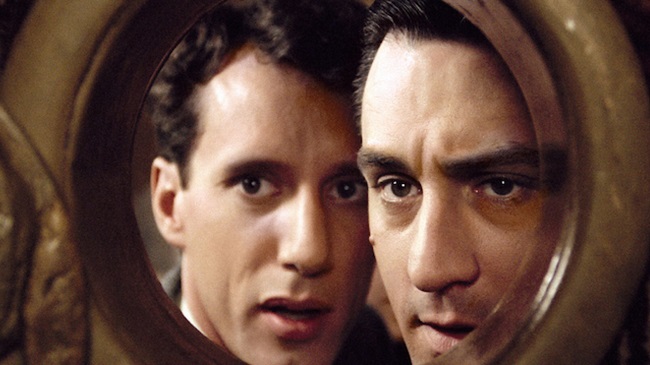
Once Upon A Time In America (1984)
Sergio Leone’s final film was also his second trilogy capper (One that includes Once Upon A Time In The West and Duck, You Sucker!). A near four-hour film, upon release it was diced and sliced and then rearranged. Sure, now you have to block out an afternoon to view the movie seamlessly, but it’s very much worth it. The events of the film make a lot more sense, the character work improves, and it gets that essential patience and breathing. Unfortunately, the icky side of things come out in the story as a couple of rapes in the film that were excised have now have returned. One gets the point across enough, having two there is a bit much. Regardless of the context, even returned, it doesn’t feel essential or that the same character development, feeling, or point couldn’t have been made differently for the second time that comes around.
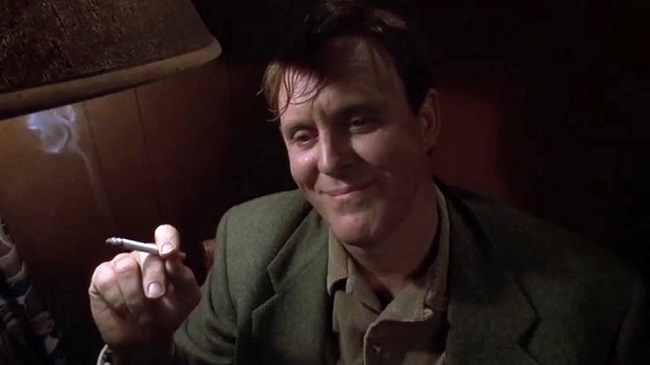
Raising Cain (1992)
Scream Factory recently put this experiment to use when they released the Collector’s Edition of the film. DePalma’s film was famously retooled merely by reordering events and scenes in the movie. The movie, as it was released originally, was decent. I had always liked it well enough. Now, with the scenes organized in the order of the script, I like the film a lot. It plays much better. Things aren’t entirely obvious from the get-go. Every scene has a different meaning now, the same scenes but a new agenda and a new angle. And most of all, the result is a pretty compelling take with a heavy Psycho influence. All of the performances, when put in the scripted order, improve, especially Jon Lithgow’s, as we are allowed to slowly reveal his true face, rather than be smacked over the head with it. Here’s what I had to say about it when I reviewed the Blu-ray in 2016:
There are no added lines or extra scenes. Just the rearranging of them. It changes the narrative and correctly focuses on following Jenny to start off the film, instead of Carter. Her affair with Jack and sneaking around is what kicks this off. In this fashion, it becomes much clearer that this film was to be De Palma taking another “stab” at riffing Hitchcock’s Psycho. The scene with him watching the disposing of a sinking car was obvious, but the original intention was much more than that. De Palma had already done this with Dressed To Kill, but here he explores some further ideas and references. The whole Carter/Cain-multiple personalities plot becomes a surprising turn in the plot. Even knowing what comes of Jenny when she first gets attacked by her husband is quite the jump in this new cut because you’ve been comforted and focused on her sneaking around. This new cut does lay a cleaner, easier to follow the narrative, but here the little bait and switches are far more satisfying and pay off better.

PAYBACK, Lucy Liu, Mel Gibson, 1999. (c) Paramount Pictures/ Courtesy: Everett Collection.
Payback (1999)
Brian Helgeland’s directorial debut was not the film he wanted to make. He butted heads and stood his ground against one of the biggest stars on the planet in 1999, Mel “Get Ready To Root For The Bad Guy” Gibson, over the film being too dark. Helgeland wound up fired (around the same time he had just won an Oscar for adapting L.A. Confidential), and one-third of the film was rewritten and reshot. Kris Kristofferson was now part of the cast, and many things with the film changed. Gibson wound up having a change of heart and opted to allow for Helgeland’s original version to be released on DVD a few years later. Payback resembles a lot of Halloween: The Curse of Michael Myers in many was, as the resolve of the film and direction toward the finale is what changed up by the theatrical release.

Exorcist: The Beginning (2004), Dominion: A Prequel to the Exorcist (2005)
Paul Schrader turned in his “Father Merrin Exorcist Prequel” assignment and was graded an F by the studio. The solution was to have Renny Harlin go do it instead. Schrader’s version was deemed “too cerebral” and played like too much of a horror-drama for the studio’s fancy. They once again took poor test screening results to back their decision and decided to have Harlin go and shoot a rewritten script for the film that featured more hokey jump scares, over the top make-up, and gore. Added elements of the most stereotypical of stereotypes to what someone thinks makes a horror film. With plenty of roles recast, a 180-degree different director, and the story changes, it feels like two completely different movies when seen. After failing with critics and the box office, Warner Bros decided they made the wrong move and had Schrader’s film finished and released the following year as Dominion: A Prequel to The Exorcist.

Justice League (2017)
What a fitting place to ALMOST conclude. Next year we will see Zack Snyder’s Justice League as a miniseries on HBO MAX. This is one of the more publicly-known revisions, likely due to living in a social media era. Snyder loyalists demanded it online from nearly the moment that the theatrical cut debuted in November of 2017. While Snyder was the credited director, a majority of the finished film was allegedly comprised of alternate takes or production reshoots courtesy of replacement director Joss Whedon. The goal was hitting that release date, at all costs People may have had their share of being abused by the #ReleaseTheSnyderCut movement, but this new version will be exciting to sample. It’s hopefully an improvement over the theatrical cut. The new footage already looks to be providing a much grander scale than the original film lacked as well as a black-suited Superman and appearances by Darkseid. Will a planned film work once reconstructed into a mini-series? We’ll see. I’m sure we’ll be feeling the hype for this streaming event the closer we approach its full unveiling.
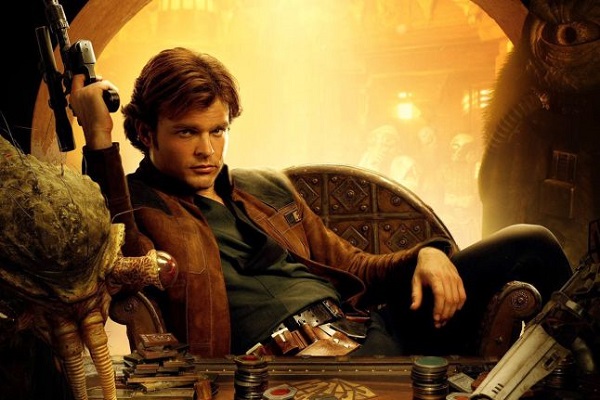
Solo: A Star Wars Story (2018)
When Phil Lord and Chris Miller were announced to helm the young Han Solo Star Wars film nobody was asking for, people were suddenly interested in it. Upon the announcement of their firing, people started fearing it again. Ron Howard did more than an admirable job in performing a polish on the film. Unknowing viewers would have little reason to assume there was production trouble. The faults the film does have are clearly not ones in Howard’s control. Reports from various outlets claim that Howard directed 70% of the film, including 85% of what Lord and Miller had previously shot.
The film was not complete when the duo was fired, so any alternate cut would have to include some of Howard’s work. But they were probably 3/4 through when axed. One of the reasons cited was that they were improvising a lot more of the film than writer Lawrence Kasdan was happy with. The tone was allegedly closer to a slapstick comedy. Considering this film was likely Kathleen Kennedy’s gift to Kasdan for coming back to help write The Force Awakens with JJ Abrams, he won this battle. In addition to the tone, Howard’s final film replaced Michael Kenneth Williams (who was unable to come back for reshoots) as villain Dryden Vos with Paul Bettany. It would be great to see, at a bare minimum, purely his scenes in the future, if an alternate cut is never constructed.

















